What you need to know next time you pick fabric or apparel.
You’ve heard of a 50/50 or a 80/20 t-shirt. 50/50 means 50% cotton and 50% polyester or 80% cotton and 20% polyester, but have you ever seen the gsm listed and wondered what that meant? Simply put; that’s the weight of the fabric. But first, it’s important to know that GSM also has some other acronyms that do mean the same; let’s start with those.
GSM (also known as gm/2) = grams per square meter and is the metric measurement of the weight of a fabric.
Metric measurements are generally the most common place but some clothing items are still marked in Imperial weights (OZ or oz/yd2 = ounces per yard squared)
The important thing to state here is that all of the terms above are measurements of weight, specifically the fabric weight when talking clothing. For example a t-shirt may be listed as 185gsm and another may be listed as 5.5oz the outcome is that these are basically the same as 5.5oz = 186gsm
You can work out any conversion of OZ & GSM by using the following calculation:
5.5oz x 33.906 = 186.48gsm
185gsm / 33.906 = 5.45oz
The math is an important part of understanding the variations of fabric weight but in day to day buying you won’t want to pull out a calculator in a shop to work out what is what!!
So the main question you may have is “What is a good weight to buy?”
That will depend on what your needs are. Fabric weight is in almost all cases is a definition of the thickness of the garment itself. If you want a heavy t-shirt then a 180-200 gsm item is generally at the very top end of a t-shirt weight, but if you want a nice lightweight summer t-shirt a 130-150 is also great. Likewise if you are looking for a cheap promotional t-shirt that may not be worn more than a few times a 100-110 gsm t-shirt can be more than adequate.
What GSM is needed for fabric?
A sweatshirt, fleece jackets are made of higher gsm fabrics (200-300 gsm). So, if you are doing a project on making your own garment, you need to choose the gsm according to the end use of the garment. After the washing of fabric or garment, fabric gsm increases due to shrinkage of the fabric length and width.
Note: A thick winter hoodie can be 300-400 gsm but a nice all year round weight can be 250-300 gsm and a summer weight hoodie can be 200-250 gsm.
Will a heavier weight T shirt / hoodie / sweatshirt last longer or better quality?
The answer to that really depends on you and what you want from your garment. Will your customers wear it regularly (2-3 times a week)? If yes, then certainly I’d expect a heavier weight to last longer with all the extra washing and drying regular wear will mean. But I have many t-shirs that are 130-150gsm that have lasted for years with occasional wear.
As for the quality, that is such a wide range term that is always a matter of individual perspective. A designer t-shirt may cost $30 but only be 130gsm in weight and a “no brand” T shirt may cost $15 and be 190gsm.
But in general terms the higher the fabric weight most people would interpret to be better quality.
Does the higher the weight effect the price?
Yes; without a doubt. The higher the weight the more raw materials are used to weave the fabric in to its finished state ready for cutting and sewing.
What if there is no fabric weight in the listing I’m looking at?
To be honest there is no reason for the manufacturer or if looking it up in a catalog not to include the fabric weight of their clothing (especially if it’s a t-shirt, hoodie or sweatshirt) so in this situation it’s either the seller does not know or they do not want you to know.
If you’re looking at a t-shirt, hoodie or sweatshirt and the GSM is not listed anywhere; ask the seller or manufacturer. If they don’t know or do not respond that would personally set off a red flag.
So in summary, GSM is simply the fabric weight of a clothing item.
Take a look at these images below to understand this concept.
Here are examples of fabrics to give you a visual.
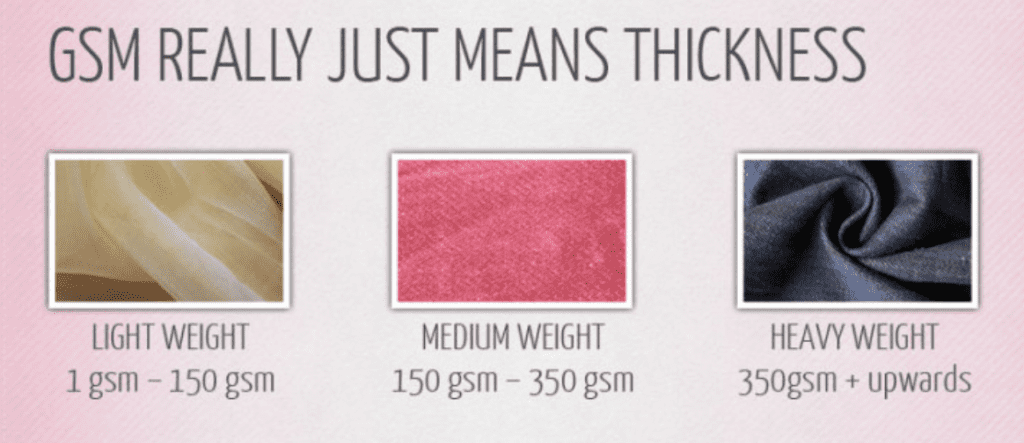
Examples of Light Weight gsm fabrics like organza, chiffon, single jersey.
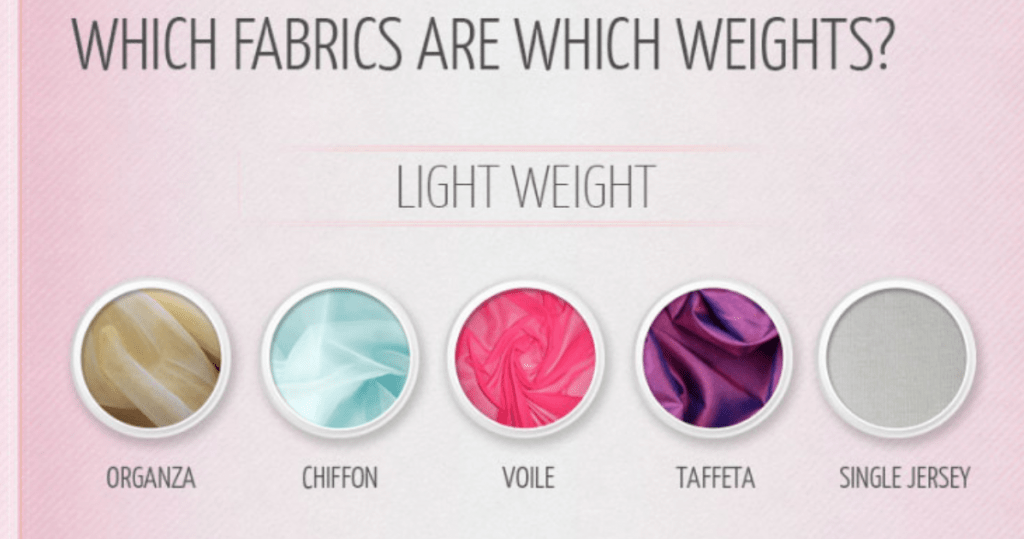
Examples of Medium Weight gsm fabrics like velvet, sateen, chambray.
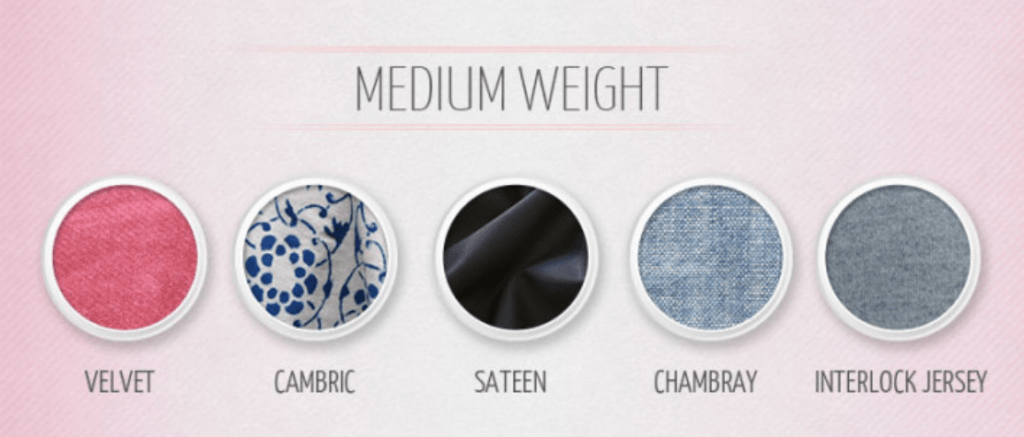
Examples of Heavy Weight gsm fabrics like wool, denim, twill
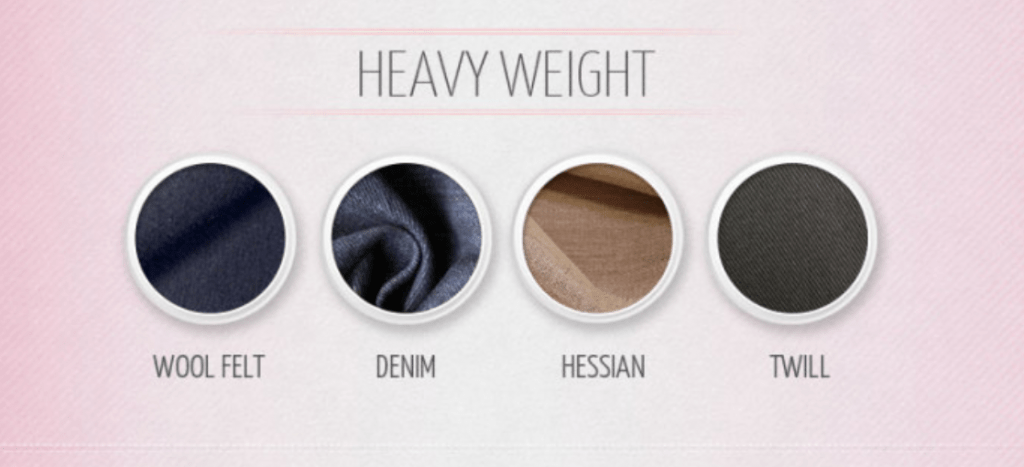
Now that you understand the weight and type of fabrics, here are examples of apparel categories to consider.
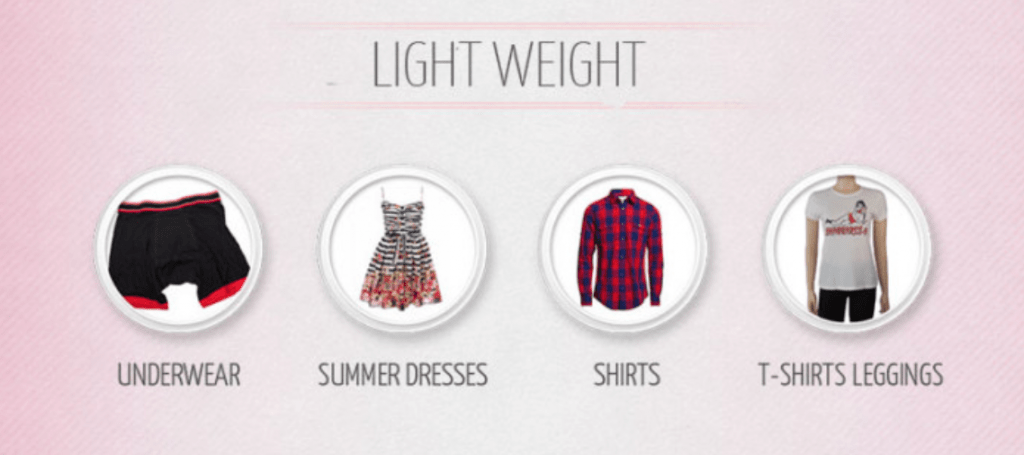
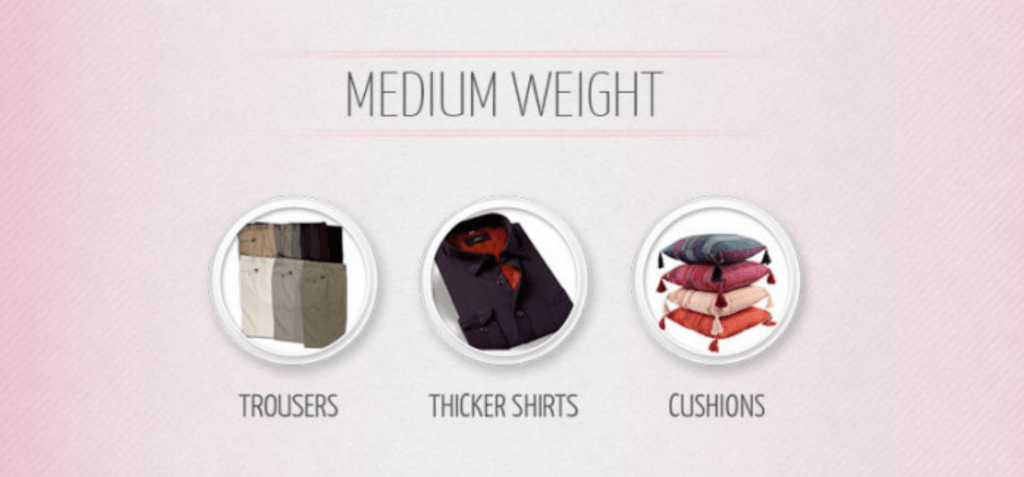
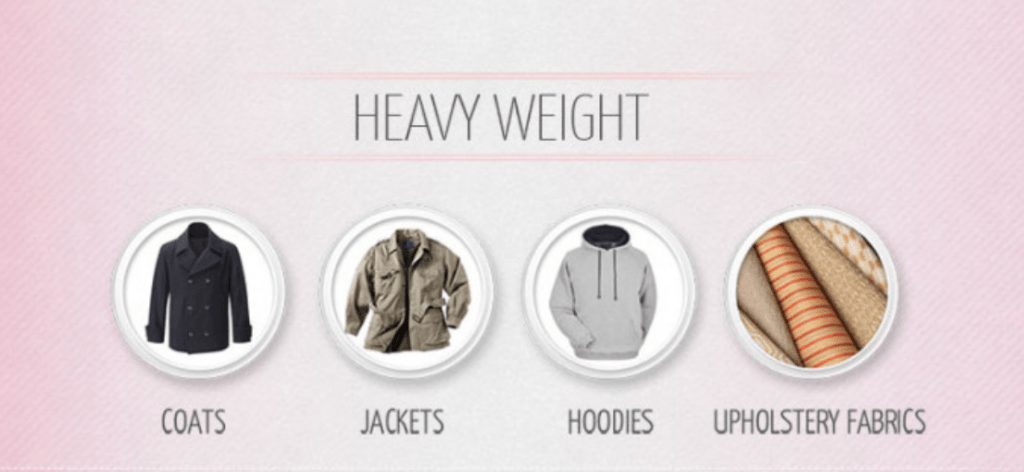
Contact us at Custom Apparel Source for any other questions on starting your line or producing goods for your existing brand. Email: [email protected]

